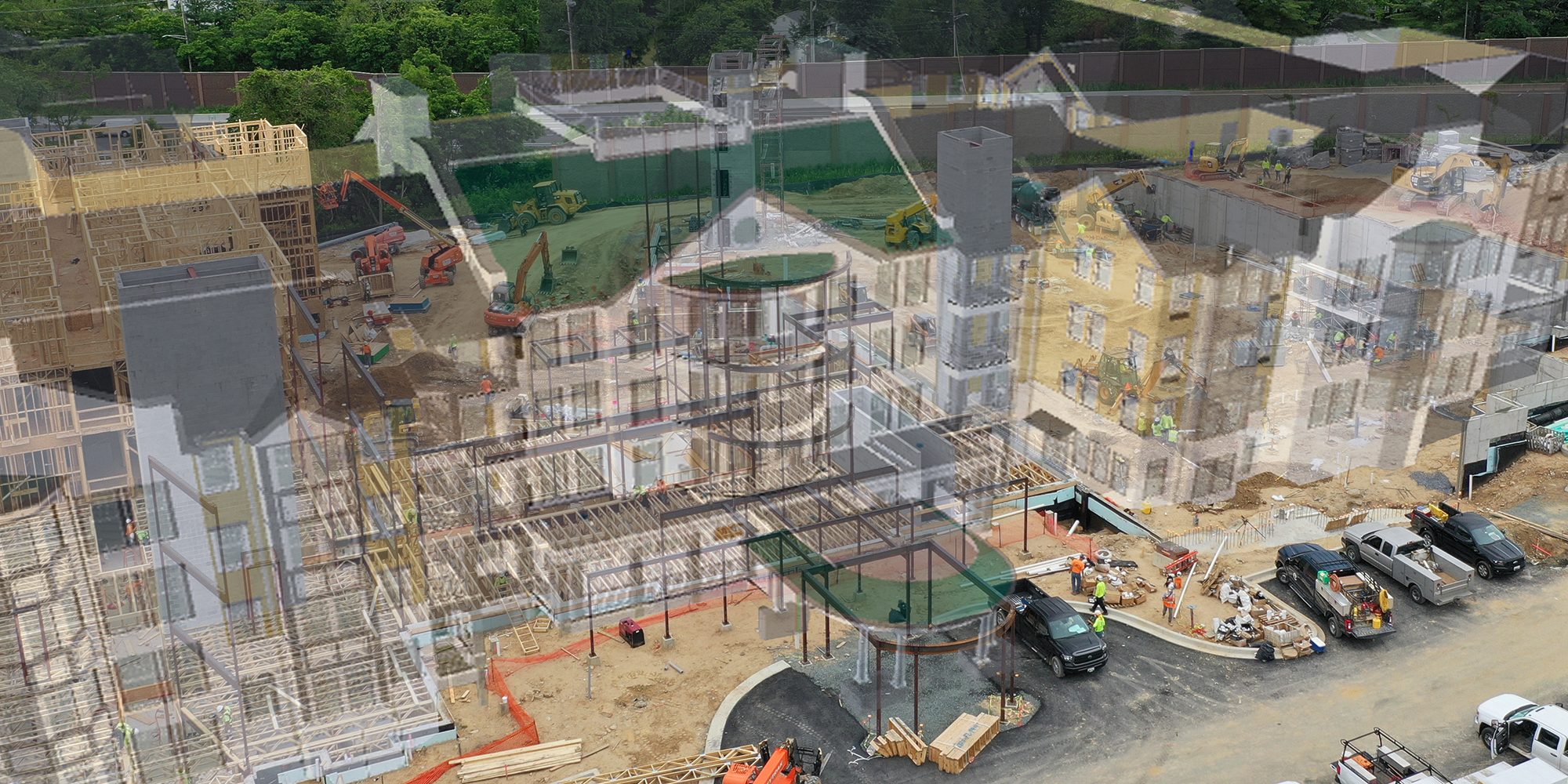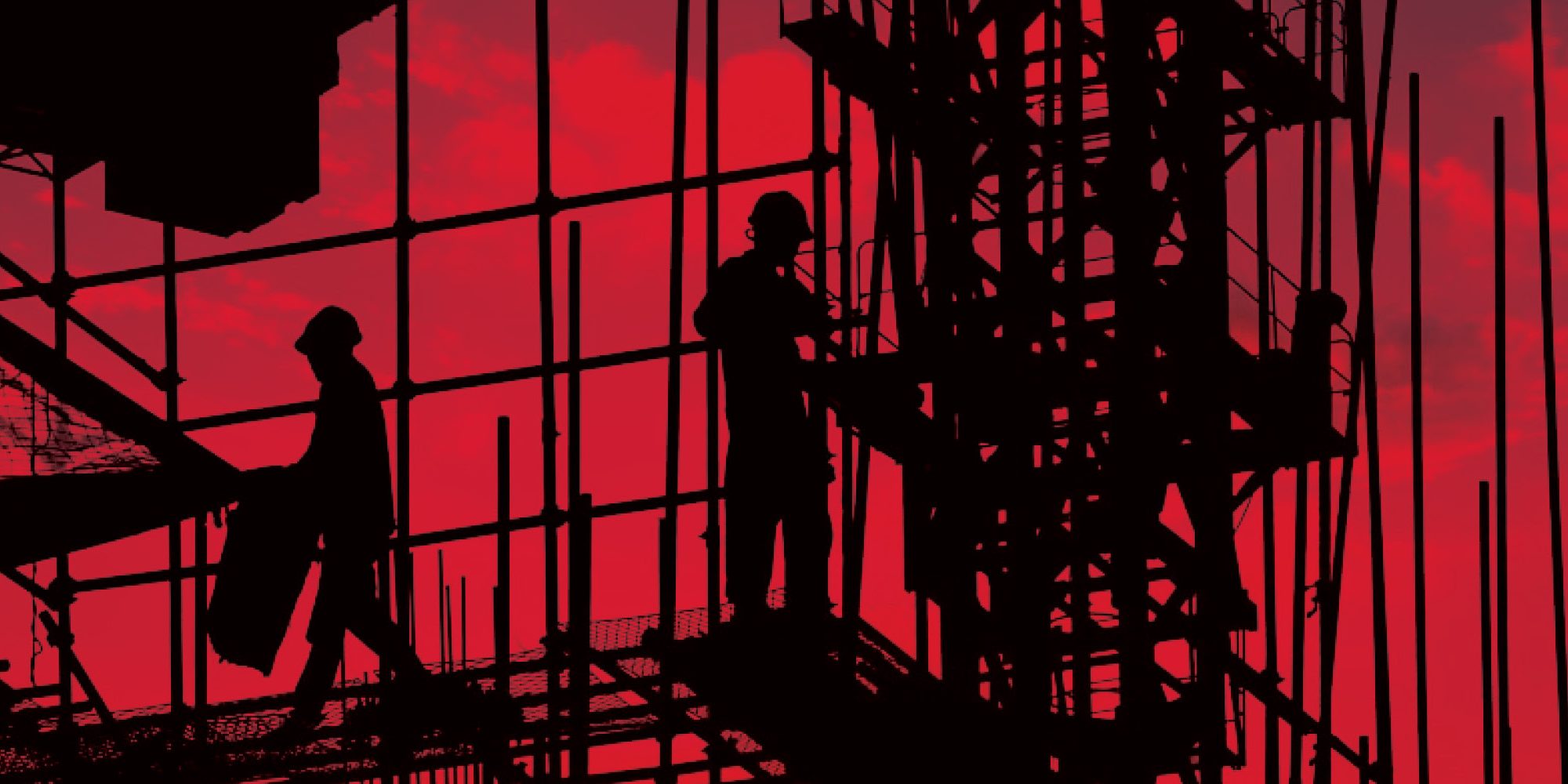By Project Solutions Manager Ralph Kreider and Project Engineer Carlos Zuluaga
While still an emergent technology, Unmanned Aerial Systems (UAS), more commonly known as drones, have made their way into the construction industry and are here to stay. Today’s drones pack a big punch, helping our jobsites streamline project documentation, reducing safety and quality control concerns, and increasing stakeholder engagement while demonstrating a high return on investment. To determine if a drone is right for the project, one must first evaluate what types of results will be delivered, the cost of implementation, the right equipment to use, and overall best practices. Many of our projects have decided to fully embrace this technology by purchasing a dedicated drone to be used for generating maps and 3D models, leveraging
data from aerial point clouds, and creating contour maps.
THE BENEFITS
Drones are capable of easily, rapidly, and cost-effectively capturing aerial imagery. To drive greater awareness of this proven technology on Harkins projects, we delve into five benefits of drones:
- Real-time imaging: A picture is worth a thousand words! Project stakeholders, especially during COVID-19, have been thrilled to see progress photos of their projects. This is a fantastic way to cost-effectively share weekly or monthly progress reports.
- Overall job perspective: The aerial view gives the team a different, valuable perspective. Our team can view a high-resolution drone map and quickly catch or anticipate any site access issues, potential drainage problems, or threats to health and safety.
- Progress monitoring: It is challenging to capture photos week after week with the same view, location, or altitude. Drones solve this problem with easy to repeat flights each week so that progress photos and reports always look consistent and capture key information needed.
- Progress payments: With the ability to track progress on definable features of work such as concrete footings, slab, groundwork, retaining walls, utilities, and framing, our team can quantify work in place for billing.
- Improved communication: Communication is everything on a jobsite. With so many different types of contractors coming in and out, site condition changes, weather changes, and more, it becomes vital to keep an eye on the big picture.

Drones have quickly become a must-have tool in the construction industry. Whether your jobsite already has a drone, or you are just beginning to consider the idea, drones can help increase the efficiency of workflow, increase productivity, and create a more informed, collaborative team experience.


